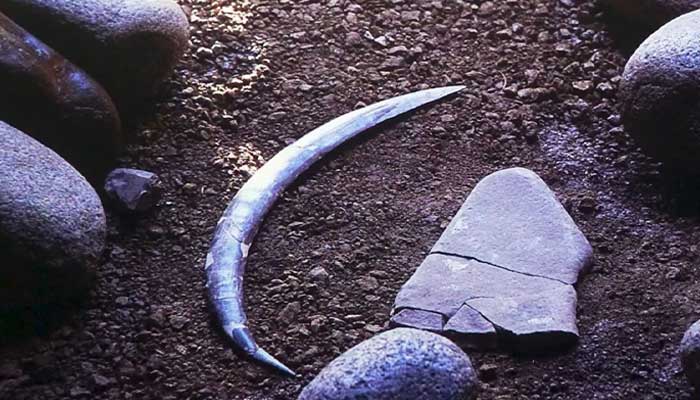
The world's oldest boomerang is found to be older than previously thought.
According to archaeologists, a mammoth tusk artefact discovered in a Polish cave in 1985 could be Europe's earliest example of a boomerang and even the oldest of its kind in the world.
The tusk was found along with what appeared to be a human little finger or toe bone fossil at the Obłazowa cave in Poland.
As per the study published in the journal PLoS One, the boomerang could be nearly 40,000 years old and was originally thought to be about 30,000 years old.
The previously oldest-known wooden boomerang came from Wyrie Swamp in South Australia and was dated back to around 10,000 years ago.
Researchers, who study the shape of the boomerang, shared that the tusk would have flown when thrown but would not have returned to the thrower.
It might have been used in hunting and would have been part of some rituals.
Dr. Sahra Talamo of the University of Bologna, Italy, expressed her astonishment over human behaviour as she noted how humans – living as long as 42,000 years ago – could shape "such a perfect object" and be aware that it could be used to hunt animals.
The specific boomerang is exceptionally well preserved, with score marks suggesting it had been polished and carved for use by a right-handed person.
Boomerangs are generally linked with Aboriginal culture in Australia, however, rare discoveries in the historical record outside Australia suggest that they were used across different continents.












